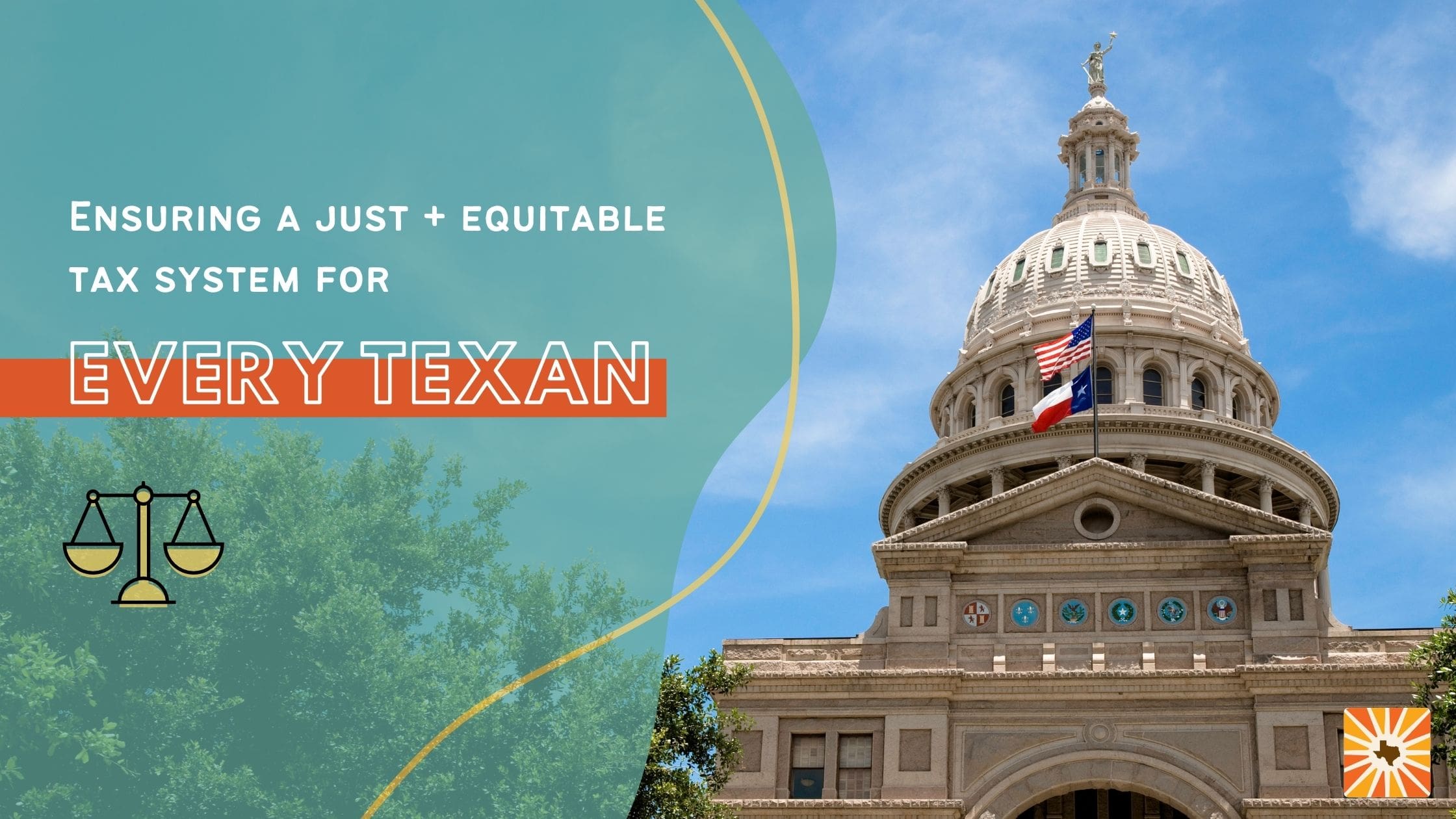Every Texan is an independent public policy organization that uses data and analysis to advocate for solutions that enable Texans of all backgrounds to reach their full potential.
Every Texan opposed the property tax rate cuts enacted by the 88th Legislature, and we will continue to oppose any additional property tax cuts that disproportionately benefit wealthy property owners and harm the state’s ability to fund public education.
Since 2019, the Legislature has repeatedly cut property taxes, with a total cost of $51 billion so far. But we can’t keep cutting property taxes session after session while neglecting other needs in our state budget. We’ve had enough across-the-board property tax cuts.
After our first year of People’s Budget engagement, we know one thing already – Texans believe it is time to prioritize quality public services by seriously investing in education, health care, jobs and wages, and infrastructure. Tax cuts jeopardize those investments.
Buying down property tax rates again would be a shortsighted use of the state’s temporary positive cash balance. Instead, the Legislature should invest that money in the future of Texas. All Texans would benefit from making smart, forward-looking investments in schools, teachers, health care, state worker pay, infrastructure, the grid, and other programs and services that lead to economic growth and stability.
Alternatives to across-the-board cuts
Our property tax revenue is essential for funding all the state and local services that Texans depend on. Yet many Texans still face hardship by the combination of our state’s rising housing costs and its upside-down, regressive tax system. Approximately 3.7 million Texas households are housing cost-burdened, paying more than 30% of their income in housing. This includes 51% of renter households, who are disproportionately Hispanic (35.9%) and black (19.6%).
37% percent of Texas households are renters, yet the primary beneficiaries of residential property tax rate cuts are wealthy homeowners. Texans of color do not benefit from property tax rate cuts as much as their white neighbors. The bulk of many households’ wealth comes from home equity. While home equity makes up a larger part of wealth for Black and Brown families, a 30-point gap exists between the percentages of white and Black homeowners. The homes owned by Texans of color also tend to be of less value than those owned by white homeowners.
We can help renters and low-income Texas homeowners more equitably while minimizing the harm to our schools and public institutions.
Flat-dollar, local-option homestead exemption. As shown in the chart above, a flat-dollar homestead exemption is a fair, relatively equitable way to cut taxes. Unlike some methods of cutting taxes in which over half the benefits go to the top 20%, a dollar-value exemption on a home spreads the benefits much more equitably. While schools can provide that dollar-value exemption, cities, counties, and other entities cannot. The Legislature should pass a bill allowing local governments to offer flat-dollar homestead exemptions.
Renter’s rebate. Texas renters – 37% of households in our state – pay property taxes indirectly and are finding housing increasingly unaffordable. A renter’s rebate would ask renters to submit information on their annual rent costs, and the state would reimburse them a certain percentage. A 15% rent rebate to all 4 million renter households in Texas would return the median rent payer $200 a year, with a modest cost to the state of about $800 million plus administrative costs.
Circuit breaker. A circuit breaker limits property tax bills based on household income. Because the policy is targeted, it is efficient and cost-effective. Currently 29 states and DC provide a circuit breaker, while another 16 offer some other form of an income-based property tax cut. About two-thirds of states extend the tax breaks to renters. A meaningful circuit breaker to help Texas’s 4 million renting households could be implemented for approximately $2.7 billion or less depending on how the policy is designed.
State EITC / Cost-of-Living Refund. The federal Earned Income Tax Credit (EITC) – fully refundable and popular – is so effective that 31 states and DC have their own versions of it. At a 25% match of the federal EITC, a state EITC – which we refer to as a Cost-of-Living Refund (COLR) – could return $640 per year to 2.9 million tax filing households. Such a policy would help improve the lives of 7.9 million Texans, including 3.2 million children, at an approximate cost to the state budget of $2.3 billion each year. Such a program could be modeled on Washington’s ambitious, successful Working Families Tax Credit (WFTC).
All these options would help reduce housing costs for Texans in more targeted ways. Last session, the Legislature cut property taxes. This session, the Legislature should acknowledge the essential revenue they provide and make more permanent investments in the future of Texas.
